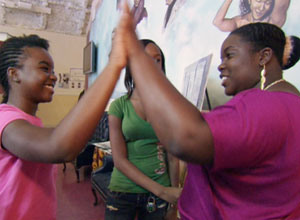 This blog is devoted to the discussion of compassion as it relates to meditation. However, as has been the case in the past, there are times when acts of compassion or organizations dedicated to the promotion of compassionate action warrant inclusion within this site.
This blog is devoted to the discussion of compassion as it relates to meditation. However, as has been the case in the past, there are times when acts of compassion or organizations dedicated to the promotion of compassionate action warrant inclusion within this site.
Last night while trying to find a soccer game on television, I stumbled upon the 2011 Teen Nick Halo Awards. What? That’s what I said. Some of you may know what this is, which puts you (at least) a step ahead of me.
The Teen Nick Halo Awards is a yearly program that honors teens and young Americans who have gone way above and beyond what might be expected of “normal” teens in service of others. Our family watched this program and we were…blown away!
When we think about compassion in action, it may bring to mind someone who goes about doing something for others with the idea of “compassion” firmly based within their mind. What we saw on this program was a vision of young people who took amazing risks and overcame challenges “simply” because it made sense for them to do so. These young people endeavored with amazing grace lead simply by a desire to make the lives of others better, either from having been through hellish experiences themselves and wanting to give something back, or because the situation that presented itself summoned them to do so.
The recipients of this years honors were four young people, Kyle Weiss, Shanoah Washington, Emily-Anne Rigal, and James O’Dwyer, who saw a need and without hesitating to consider their careers or their plans for who they should be, accepted that the present moment was what demanded of them who they are. From the Teen Nick Halo site comes the following:
1) Kyle Weiss of Danville, Calif., isn’t your average teenager. A motivated and energetic individual from a family of self-proclaimed soccer freaks, Kyle learned the great benefit of sports from a young age. Kyle’s activism was sparked after speaking to Angolan fans at the 2006 World Cup in Germany. He learned of the dire state of Angola and how so few people can even afford to leave the country, let alone attend a professional match. He also learned that to the youth of Africa, soccer means everything, but lacking resources, most have to kick a makeshift ball of garbage bags around a dusty lot.
Upon returning from Germany, Kyle decided to take action. He gathered his friends to figure out how they could make a difference. They considered collecting soccer equipment to send overseas to Africa, but realized what the children needed first were soccer fields. And so, FUNDaFIELD was born.
FUNDaFIELD has raised $140,000 so far, funding nine soccer fields in Africa. Today, there are 30 core members and 200 plus members in various FUNDaFIELD chapters around the country. Some of these members focus on fundraising, some on outreach and some on research into the extensive possibilities of sport development in Africa and other developing nations where the fields keep children in school and provide a respite from realities marred by oppression, violence and HIV/AIDS.
2) Shanoah Washington had an incredibly rough childhood that was plagued with gang violence. Thankfully, her grandmother decided to move herself and Shanoah to St. Petersburg, Fla., and enrolled her at the local Boys & Girls Club, providing her with guidance to reach her full potential. She has since contributed over 4500 hours of public service as a Jr. Leader, Teen Council Vice President and tutor for Project Learn. She was also voted the 2010 and 2011 Youth of the Year.
Through the club, Shanoah has used her spoken word and slam poetry to promote social consciousness and to help young people find their voice so they can heal and express their hopes and dreams. During one of her poetry classes, an 11 year old girl who had been abused, raped, molested and moved through the foster care system broke down to Shanoah saying she was fed up with life and wanted to give up and commit suicide. Reminded of her own childhood and remembering that she wished she had someone to turn to at that age, Shanoah was inspired to help this girl and others like her.
Recognizing a need for a supportive space for young girls, Shanoah created Sista2Sista, a mentoring program for girls that aims to motivate young women through the development of self-esteem, self-discipline, positive thinking and exercising their right to make correct choices. Their objective is for each girl to learn and develop leadership skills, social skills, effective communication skills and social development. Shanoah sees the girls every day and holds meetings with them twice a week, where they learn life skills, engage in artistic projects and listen to inspirational guest speakers.
3) As a young girl, Emily-Anne Rigal was constantly bullied because of her weight. She was put down and isolated by her peers to the point where she felt her only option was to switch schools. Recognizing just how upsetting her experience with bullying had been, she vowed that she would do everything she could to keep others from going through the same thing.
In 2010, Emily-Anne took to the web and created WeStopHate.org, a teen-run website that combats bullying through social media videos created by teens themselves. WeStopHate.org currently has over 500,000 members in which participants share videos of their own stories of triumph and offers advice to others affected by bullying on how they can put a stop to it.
Constantly on the go, Emily-Anne travels around the country giving presentations, speaking at summits and helping others design anti-bullying campaigns. She continues to be a role-model and inspiration – answering fan mail, giving advice and spreading her message of self-worth. Sending inspirational messages, quotes and photos to their audience many times a day, Emily-Anne truly gives teens a voice and platform to tell their story.
4) On April 27, 2011, James O’Dwyer was sitting in his dorm room at the University of Alabama when the devastating tornado hit Tuscaloosa. The tornado miraculously spared the campus but left a six-mile track of destruction across town. After the campus was shut down and he returned home, James decided he would collect supplies to help the tornado victims in Tuscaloosa.
Utilizing several social media networks, James put out the word that he would be collecting donations for those affected by the tornado and within hours, his driveway was filled with people dropping off donations. With the success of his collection, James was not only able to drop off supplies in Tuscaloosa, but continue collections to aid many of the smaller towns affected by the crisis. He soon started Magnolia Disaster Relief, an aid program that targets the small rural towns that were hit the hardest and helped the least.
Although it has been several months since the tornado hit, James and Magnolia Disaster Relief are still very active, coordinating donations to affected areas and providing help for other disasters no matter how large or small. He plans to create “hit kits” which will provide all the essentials for a small community to have on hand in case of a disaster. He never wants to be unprepared again and believes even the smallest communities can be ready for when a natural disaster occurs.
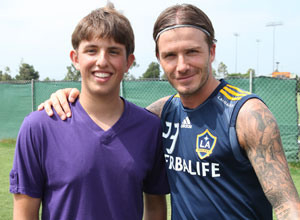 What was so heart-warming and what brought tears of appreciation and joy to my eyes was the fact that what these young people did was so simple and made so much sense. Not that what they “did” was by any means simple, but that it just made sense to do what they did. They saw situations where others were suffering or in need and took action.
What was so heart-warming and what brought tears of appreciation and joy to my eyes was the fact that what these young people did was so simple and made so much sense. Not that what they “did” was by any means simple, but that it just made sense to do what they did. They saw situations where others were suffering or in need and took action.
This blog covered a study by Dr. Richard Davidson where long-term meditators where scanned in an fMRI and found to have activated centers within the brain, far different than “normal” individuals, where simply viewing another’s suffering was met with physiological adaptation aimed at alleviating the suffering of another. This poignancy of watching the Teen Nick Halo Awards program was that these teens appeared to have taken similar great jumps in their brain dynamics whereby they couldn’t stand by and idly watch others suffer. The “call to action,” found to be pronounced in meditators with between 10,000 and 40,000 hours of practice, seems to have been just as pronounced within these teens’ makeup.
For me, viewing this program gave me a cause to pause; how can I become more like these teens? Why aren’t we all like this? What is it that prevents us from jumping into action? Why is the world so full of those who can’t bring their mind to bear on the suffering of another and do whatever is necessary to alleviate that suffering?
What do you think? Leave a comment, let me and others know what you think. And, as always, please feel free to drop me a line. For more information on how to meditate, exercises in working with the breath, and other nifty stuff, please see the Related Posts below.
Also, don’t forget to download the free ebook, Can Meditation Change the Way that You View Your World?, for help with getting started in you meditation practice. Also, you can now download the new ebook, How to Work with the Four Distractions to Meditation.
NEW – check out the media drop-down menu in the navigation bar at the top of this page, where you can links to articles, MP3 tracks for downloading, and videos on the subject of meditation.

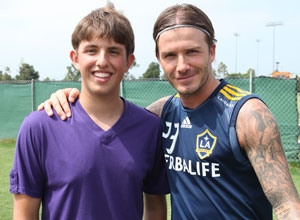
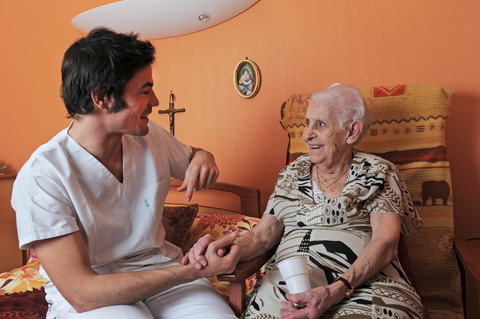

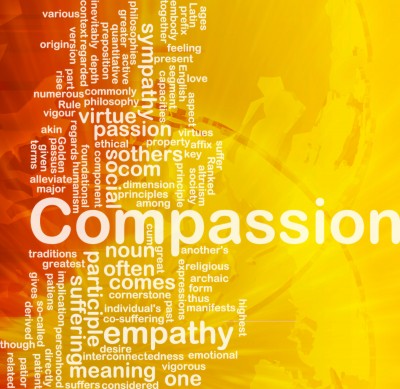
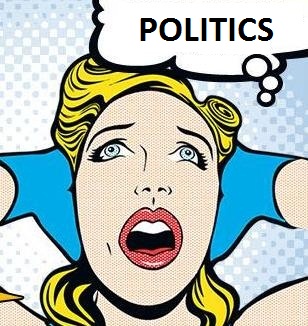
Leave A Comment